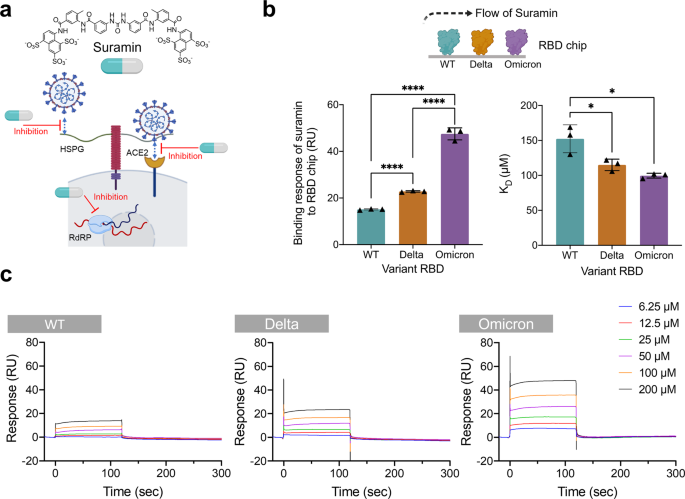2023-07-24 カリフォルニア大学校アーバイン校(UCI)
◆この研究により、病気の検出と治療の向上が可能になるかもしれません。DNA安定化銀ナノクラスターは生体親和性があり、非侵襲的で安全な近赤外線光を利用できるため、臨床環境で使用される可能性があります。コップ氏の研究グループは、機械学習を使用して新しいDNA配列を開発し、近赤外線領域へのアクセスを可能にすることを目指しています。
<関連情報>
- https://news.uci.edu/2023/07/24/discovery-through-mentorship/
- https://pubs.acs.org/doi/full/10.1021/jacs.3c01366
- https://pubs.acs.org/doi/10.1021/acsnano.2c05390
DNA安定化銀ナノクラスター上の塩化物リガンド Chloride Ligands on DNA-Stabilized Silver Nanoclusters
Anna Gonzàlez-Rosell, Sami Malola, Rweetuparna Guha, Nery R. Arevalos, María Francisca Matus, Meghen E. Goulet, Esa Haapaniemi, Benjamin B. Katz, Tom Vosch, Jiro Kondo, Hannu Häkkinen, and Stacy M. Copp
Journal of the American Chemical Society Published:May 8, 2023
DOI:https://doi.org/10.1021/jacs.3c01366
Abstract

DNA-stabilized silver nanoclusters (AgN-DNAs) are known to have one or two DNA oligomer ligands per nanocluster. Here, we present the first evidence that AgN-DNA species can possess additional chloride ligands that lead to increased stability in biologically relevant concentrations of chloride. Mass spectrometry of five chromatographically isolated near-infrared (NIR)-emissive AgN-DNA species with previously reported X-ray crystal structures determines their molecular formulas to be (DNA)2[Ag16Cl2]8+. Chloride ligands can be exchanged for bromides, which red-shift the optical spectra of these emitters. Density functional theory (DFT) calculations of the 6-electron nanocluster show that the two newly identified chloride ligands were previously assigned as low-occupancy silvers by X-ray crystallography. DFT also confirms the stability of chloride in the crystallographic structure, yields qualitative agreement between computed and measured UV–vis absorption spectra, and provides interpretation of the 35Cl-nuclear magnetic resonance spectrum of (DNA)2[Ag16Cl2]8+. A reanalysis of the X-ray crystal structure confirms that the two previously assigned low-occupancy silvers are, in fact, chlorides, yielding (DNA)2[Ag16Cl2]8+. Using the unusual stability of (DNA)2[Ag16Cl2]8+ in biologically relevant saline solutions as a possible indicator of other chloride-containing AgN-DNAs, we identified an additional AgN-DNA with a chloride ligand by high-throughput screening. Inclusion of chlorides on AgN-DNAs presents a promising new route to expand the diversity of AgN-DNA structure–property relationships and to imbue these emitters with favorable stability for biophotonics applications.
化学に基づく機械学習により、近赤外蛍光を発するDNA安定化銀ナノクラスターの発見が可能になる Chemistry-Informed Machine Learning Enables Discovery of DNA-Stabilized Silver Nanoclusters with Near-Infrared Fluorescence
Peter Mastracco, Anna Gonzàlez-Rosell, Joshua Evans, Petko Bogdanov, and Stacy M. Copp
ACS Nano Published:September 20, 2022
DOI:https://doi.org/10.1021/acsnano.2c05390
Abstract

DNA can stabilize silver nanoclusters (AgN-DNAs) whose atomic sizes and diverse fluorescence colors are selected by nucleobase sequence. These programmable nanoclusters hold promise for sensing, bioimaging, and nanophononics. However, DNA’s vast sequence space challenges the design and discovery of AgN-DNAs with tailored properties. In particular, AgN-DNAs with bright near-infrared luminescence above 800 nm remain rare, placing limits on their applications for bioimaging in the tissue transparency windows. Here, we present a design method for near-infrared emissive AgN-DNAs. By combining high-throughput experimentation and machine learning with fundamental information from AgN-DNA crystal structures, we distill the salient DNA sequence features that determine AgN-DNA color, for the entire known spectral range of these nanoclusters. A succinct set of nucleobase staple features are predictive of AgN-DNA color. By representing DNA sequences in terms of these motifs, our machine learning models increase the design success for near-infrared emissive AgN-DNAs by 12.3 times as compared to training data, nearly doubling the number of known AgN-DNAs with bright near-infrared luminescence above 800 nm. These results demonstrate how incorporating known structure–property relationships into machine learning models can enhance materials study and design, even for sparse and imbalanced training data.


